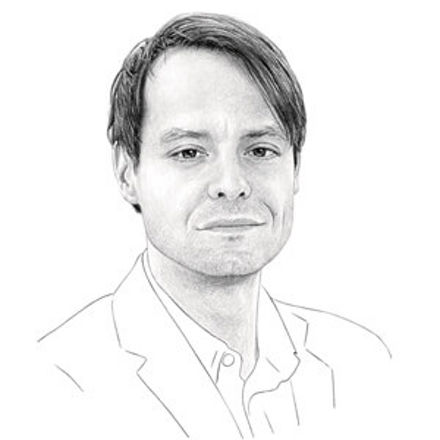Our ability to carry out even complex calculations in fractions of a second is thanks to two British mathematicians, a man and a woman. In the mid-19th century, Charles Babbage and Ada Lovelace laid the theoretical foundations for the modern computer through their concept of the Analytical Engine. Such a machine was not built during their lifetimes. However, a comparable computer was eventually constructed around 100 years later, in 1937, when Konrad Zuse presented the Z1—the world’s first programmable binary computer. The power of our computers has been growing exponentially ever since. And science has profited greatly from this trend. Without computer support, most of today’s cutting-edge research would not be possible.
But even supercomputers come up against their limits, which are a consequence of their binary operating principle. After all, our world isn’t just made of ones and zeros. Max Planck taught us that we live in a quantum universe, in which energy cannot exist in arbitrary values but only in specific amounts. A computer that uses binary logic cannot run an exact quantum physical simulation of a molecule.
TRACKING DOWN MOLECULES
Richard Feynman was aware of this problem. At the Massachusetts Institute of Technology, he pointed out in 1981 that only a quantum computer would be capable of running such a simulation. Instead of bits—the classic units of information used by binary computers—a quantum computer would use qubits. Whereas a bit can only assume the values 0 or 1, a qubit can take either value—or a mixture of both. This principle is known as superposition. Superposed qubits can be “entangled” with one another and can in effect communicate with one another. This property enables quantum algorithms—the software of a quantum computer—to solve complex tasks by means of a kind of parallel processing.
For example, when simulating a molecule a quantum computer can analyze the entangled states of the electrons of the molecule by setting its own qubits in superposed and entangled states. This enables extremely large amounts of information to be processed simultaneously. A classic computer must, in contrast, carry out the necessary calculation steps sequentially, one after another. And that can take time. A modern supercomputer using the binary digital system would need more than ten billion years to carry out an exact simulation of the hormone insulin.

THREE MINUTES INSTEAD OF 10,000 YEARS
Feynman’s thought experiment is starting to become reality. In 2016, the US tech company Google announced that it had used a quantum computer to exactly simulate a molecule of hydrogen. In 2017, the computer giant IBM simulated lithium hydride and beryllium hydride. In October 2019, Google announced that it had achieved “quantum supremacy.” Google’s computer, equipped with a chip on which 53 qubits work, had taken just over three minutes to carry out a calculation that a classic computer would need 10,000 years to solve.
Internet companies such as Alibaba, Google, IBM, Intel, Microsoft, and Rigetti are investing billions in the development of quantum computers, and so are national research centers, because these miraculous machines promise to achieve breakthroughs in the development of new catalysts, medications, and materials. According to researchers, it will take between five and ten more years of additional development before quantum computers can solve such practical tasks. The Corporate Foresight Team at Creavis has been continually observing progress in this field as part of the Digital Futures focus topic. That’s how it can estimate how and when Evonik will be able to make use of this technology for its own purposes.


